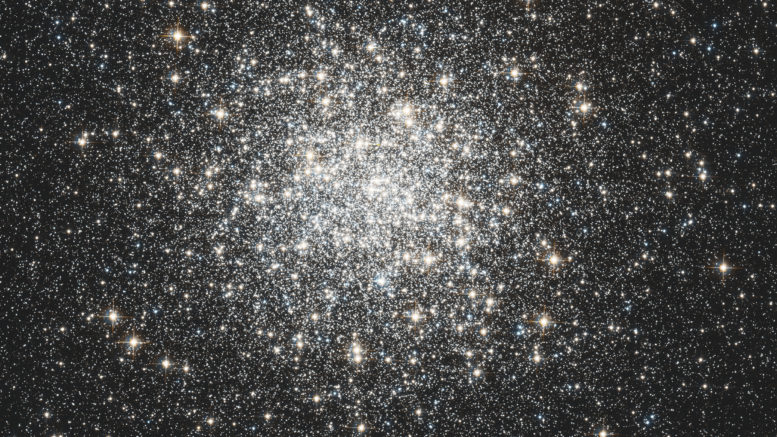This review of Messier 3 is to provide details about the observational history, details about how to find it in the sky, what the object could look like in your scope, and potential astrophotography options if available.
| Description | |
| Visible From Pacific Northwest | January to June |
| Best Time To Observe | March, April, and May |
| Minimum Size Of Viewing Device | 4 inch telescope to provide detail |
| Object Type | Globular Cluster |
| Number Of Stars | 500,000 |
| Designations | Messier 3, M3, NGC 5272, GCl 25, C 1339+286 |
| Right Ascension | 13h 42m 11.62s |
| Declination | +28°22’38.2” |
| Constellation | Canes Venatici |
| Absolute magnitude | +6.2 |
| Apparent magnitude | -8.93 |
| Apparent dimensions | 18′.0 |
| Object Radius | 90 light years |
| Distance From Earth | 33,900 light years |
History
M3 was discovered on May 3, 1764, and became the first Messier object to be discovered by Charles Messier himself. Messier originally mistook M3 as an object for a nebula without stars, but this mistake was corrected after the stars were resolved by William Herschel around 1784.
The first variable star in the cluster was discovered by the American astronomer and physicist Edward Charles Pickering in 1889. The American astronomer Solon Irving Bailey identified the next 87 in 1895 and another 138 by 1913.
New variable stars continue to be discovered in the cluster to this day. Currently there are 274 known variables identified in M3, which is more than in any other known globular cluster. New variable member discovery continued all the way from 1913 to 2004.
Locating M3 In The Sky
Messier 3 can be found halfway from the bright star Arcturus in Boötes constellation to Cor Caroli in Canes Venatici. It lies about 6 degrees north-northeast of Beta Comae Berenices, near the border between the constellations Canes Venatici and Boötes.

Viewing M3
Messier 3 is difficult to see without binoculars even in good viewing conditions, which requires dark skies and great weather. The cluster appears fully defined in a moderate-sized telescope.
A 4-inch telescope will reveal the bright core without resolving individual stars. A 6-inch instrument will resolve some of the outer stars, while an 8-inch telescope will reveal the stars everywhere in the cluster except in the bright core region. The central region of M3 can only be resolved into stars by larger instruments, starting with telescopes with a 12-inch aperture.
Photographing M3
Photography of M3 can indeed be done, but the aperture will depend how much of the shot contains M3. Larger scopes such as an 11 inch aperture will provide a large percentage of the shot containing M3. Tracking is required for obtaining more detailed shots. DSLRs are definitely usable here as there is a wide variety of options available.
Sources And Further Reading
Our reviews of Messier Objects can be found here for those looking for a full list.

Be the first to comment on "Messier 3"